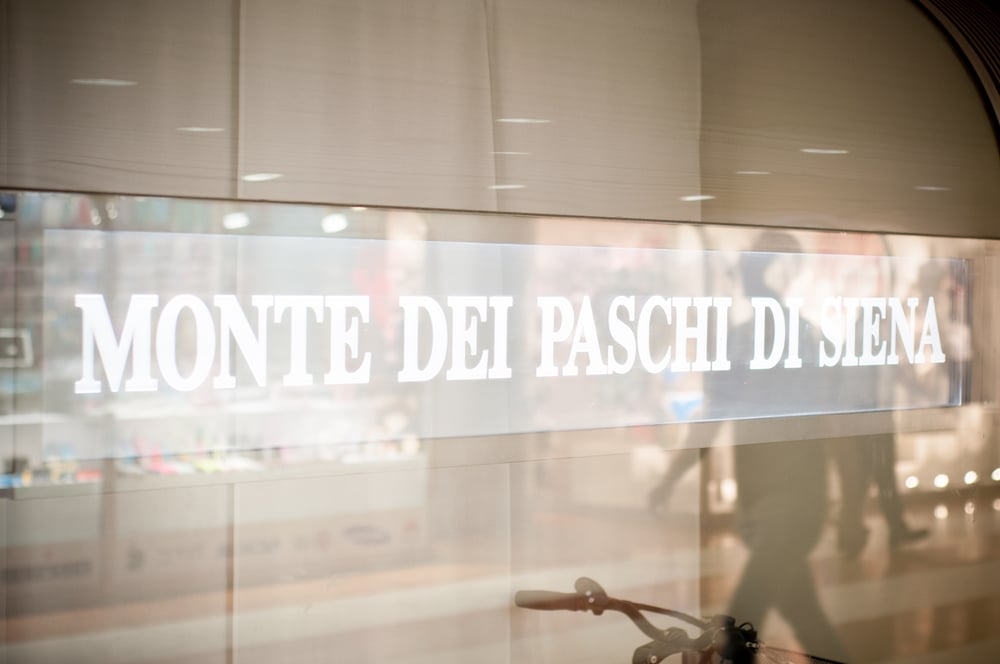China attracted a record high US$139 billion of foreign direct investment (FDI) in 2016, making it the third largest FDI destination in the world. While global FDI flows fell by 13 percent year-on-year to US$1.52 trillion, China received an increase of 2.3 percent FDI inflow.
However, FDI trends through the first four months of 2017 show that foreign investors are taking a more cautious approach to investing in China. Many investors harbor some hesitancy about investment prospects in China, given the country’s multi-year trend of declining GDP growth which is set against an increasingly unstable global political and economic environment.
The most recent FDI statistics, released by China’s Ministry of Commerce (MOFCOM), illustrate China’s economic performance through the first four months of the year, and highlight some developing issues foreign investors should monitor moving forward. Although China remains a popular investment destination, as evidenced by increased FDI into the high-tech and service industries, macro-economic uncertainty and decreasing manufacturing competitiveness have led to a more cautious approach by foreign investors.
Inbound FDI remains flat
From January to April 2017, the number of newly approved foreign invested enterprises (FIEs) has increased at an average rate of 2,431 companies per month. There was a minimal year-on-year growth rate in January (0.1 percent), a negative rate in March (-1.5 percent), and sharp increases in February (33.3 percent) and April (42.7 percent).
Approximately 12 percent of all new foreign companies established in from January to April were from countries along the Belt and Road, a development strategy proposed by the Chinese government that facilitates connectivity and cooperation between Eurasian countries.
The growth in the number of newly established companies could be attributed to policy stimulus, the easing of investment restrictions in free trade zones (FTZs), and simplified corporate registration procedures for wholly foreign owned enterprises.
While the number of newly approved FIEs increased steadily, the total actual use of foreign investment from January to April decreased mildly to RMB 286.41 billion (approximately US$45.3 billion), a 0.1 percent down from the same period last year. Although the decrease is minimal, the frequency of negative year-on-year monthly growth rates of the actual use of foreign investment has increased compared to the past two years.
January’s FDI drop occurred immediately following the US Federal Reserve’s interest rate hike in December 2016, the first in nine years, and April’s following the second increase in March 2017. With the appreciation of the US dollar against a weakened Chinese RMB, global investors clearly had more incentives to invest in the US market, leaving China impacted by the exchange rate shocks.
Additionally, Beijing’s tightened controls on capital outflows over the past year contributed to a cooling investor sentiment, and uncertainties among foreign inbound investors. This reverse effect heightened global investors’ concern that their investments might get trapped in China if regulators decide to further tighten controls over company remittances.
Uncertain US-China relations in the beginning of the year, which included the possibility of a trade war, might also have weakened investors’ confidence in the Chinese market. However, the recent trade deal between the US and Chinasuggests the initial alarm has lost out to more sober assessments.
The Ministry of Commerce (MOC) explained in an official statement that the poor year-on-year foreign investment growth rate in January was due to a higher base from last year and the national Spring Festival. The MOC said the drop in April was because more large size foreign investments were approved in March, affecting the following month’s performance.
In sum, China’s mildly contracted inbound FDI over the first four months of 2017 was a result of multiple changes in today’s increasingly complicated global market. The overall inbound FDI performance remained flat, as it was driven by proactive government-led investment policy stimulus, and offset by investors’ conservative behavior over a weakening Chinese RMB.
 Investment in high-tech and service industries accelerates
Investment in high-tech and service industries accelerates
Through the first four months of the year, the service industry has attracted foreign investment valued at RMB 212.49 billion (approximately US$33.6 billion), a 5.5 percent year-on-year increase from 2016. Compared with last year’s 70.3 percent, FDI in the service industry has expanded to 74.2 percent of all FDI by the end of April.
The 3.9 percent expansion shows that global investors increased their interests in China’s service industry. In particular, construction, transportation, information, and consulting services were among the most popular investment industries.
The high-tech service industry was another fast growing sector. Investment in the environmental monitoring and management service sector soared 172.8 percent, followed by a 62.9 percent rise in science and technology services, a 3.8 percent increase in R&D services, and a three percent rise in the information service sector. This is a positive sign: China’s market demands more high-tech support to increase its productivity as the country moved up the value chain.
By the end of April, FDI in the manufacturing industry took up 25 percent of all FDI. According to MOFCOM’s statistics, each month had seen a decreased foreign investment inflow from that of the previous year.
Although the number of newly established manufacturing-related enterprises kept growing, the shrinking investment inflow reflects the growing competition with alternative destinations for manufacturing, such as ASEAN and India. China’s rising wages, and industrial overcapacity, have made investors more selective when establishing lower cost and lower efficiency manufacturing businesses.
Prospects going forward
Moody’s recent downgrade of China’s credit rating for the first time in over 25 years represents another force that may further weaken the RMB and exert a negative impact on China’s economy.
Since global investors, particularly institutional investors, rely on the top three international bond credit rating companies to make their investment decisions, Moody’s cut on China’s rating will be a negative influence on those decision makers.
To regain investors’ confidence, China needs to make more efforts to improve its investment environment. In recent years, China has issued new policies to relax market access restrictions and simplify WFOE registration procedures, and has offered preferential tax treatment to encourage foreign investors to enter the Chinese market.
The long anticipated “negative list”, the Catalogue for the Guidance of Foreign Investment Industries (2017 edition), just received approval from the highest policy management body, the Central Leading Group for Deepening Overall Reform, on May 23. The National Development and Reform Commission and MOFCOM will soon release the revised catalogue to replace the 2015 edition.
If this revised “negative list” further relaxes access to more industries, including, as expected, motorcycle manufacturing and oil & gas exploration, FDI into China could receive a solid boost.
However, the modest changes expected in the updated negative list are unlikely to compensate for the structural and macro-level issues deterring foreign investors from entering China, such as technology transfer requirements and rising operation costs. FDI growth through the rest of the year is therefore likely to remain relatively flat, as foreign investors take a more cautious approach to investing in the Middle Kingdom.






















